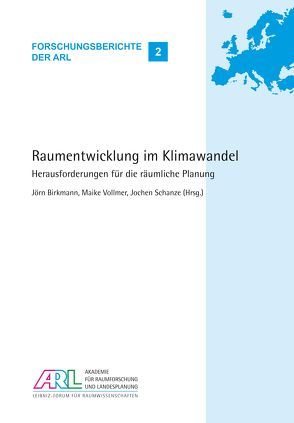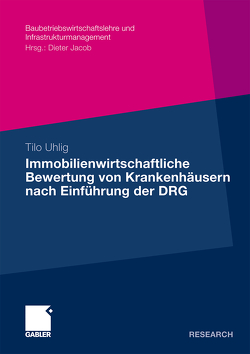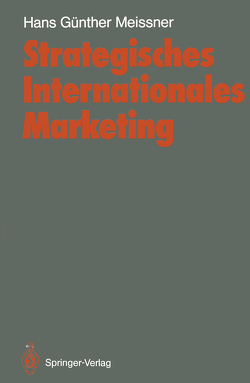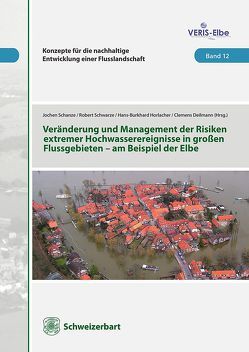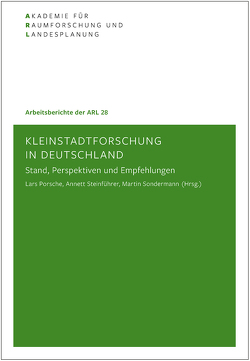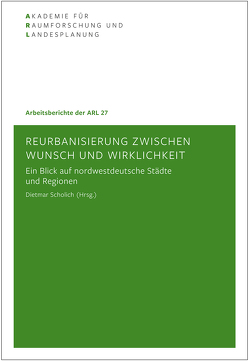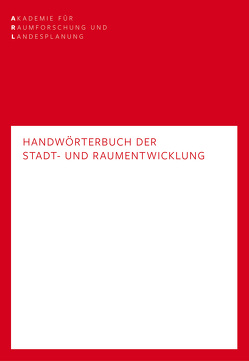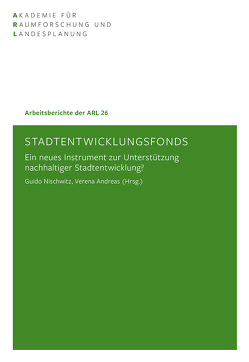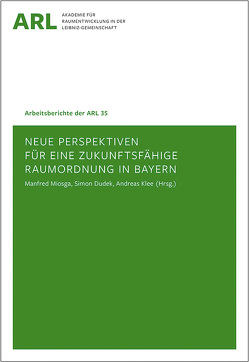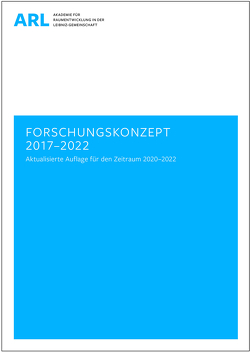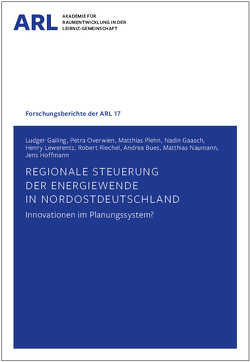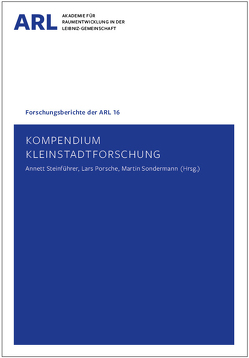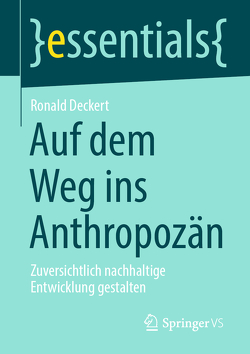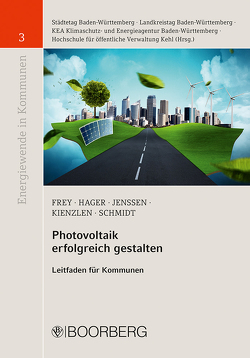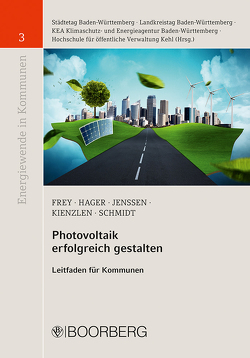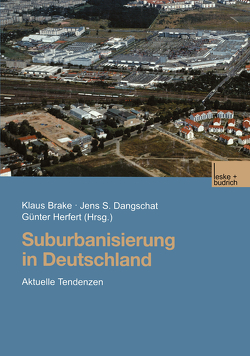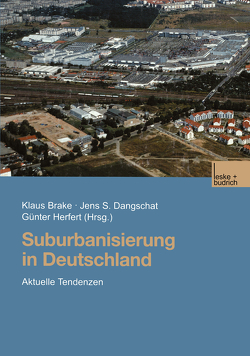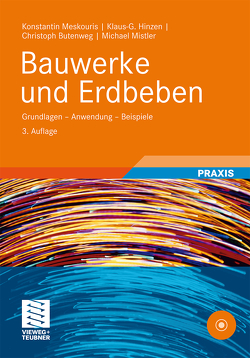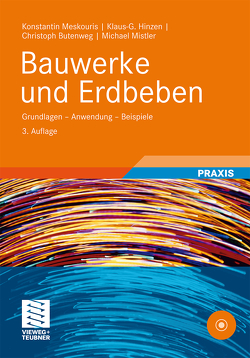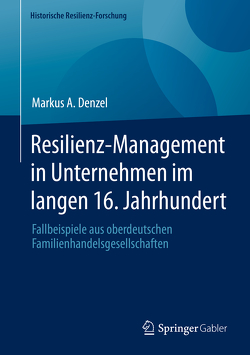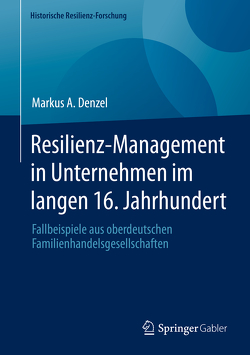Raumentwicklung im Klimawandel
Herausforderungen für die räumliche Planung
Joern Birkmann, Jochen Schanze, Maike Vollmer
Spatial development in climate change – challenges for spatial planning
Climate change affects the structures, functions and uses of spaces in numerous ways, and thus makes additional demands on spatial planning. This volume describes the significant causal linkages between expected climate change and their spatially relevant consequences. Possible courses of action for spatial planning are derived from this discussion, with a particular focus on societal adaptation and further consideration of synergies and conflicts with climate protection measures. In the first instance, current scientific knowledge of climate change is outlined through explanation of the principal ways in which the climatic system functions and consideration of possible global and regional climate change. This is followed by discussion of the importance and assessment of societal vulnerability and the potential contribution of this concept to adaptation. In this regard the changes in climatic conditions have to be juxtaposed with the societal changes in order to estimate the demand for action. Taking into account climate change and vulnerability, attention then turns to clarifying how the risks and opportunities for society may be determined, and in which fields of action and regions they may emerge in Germany. The spatial significance of these risks, and in some cases opportunities, are also elucidated. Based on the causal linkages, spatial planning instruments for adaptation to climate change are presented. Consideration is given, firstly, to the legal framework and the possible courses of action for climate protection, thus ensuring consistency between adaptation to climate change and climate protection. Discussion then turns to an analysis of the legal provisions and the applicability of the formal and informal spatial planning instruments for use in the context of adaptation to the consequences of climate change. The potentials of strategic regional planning are also included. Finally, drawing on the above, recommendations for spatial research and spatial planning practice are formulated, particularly in terms of the further development of available planning instruments. The spectrum of suggestions ranges from methodological standards and monitoring systems to the extension of assessment tools and the strengthening of strategic planning processes.
